Reading to escape is one thing, but the best true crime books take us on a deep dive into the darkness of the criminal mind
Our editors and experts handpick every product we feature. We may earn a commission from your purchases.Learn more.
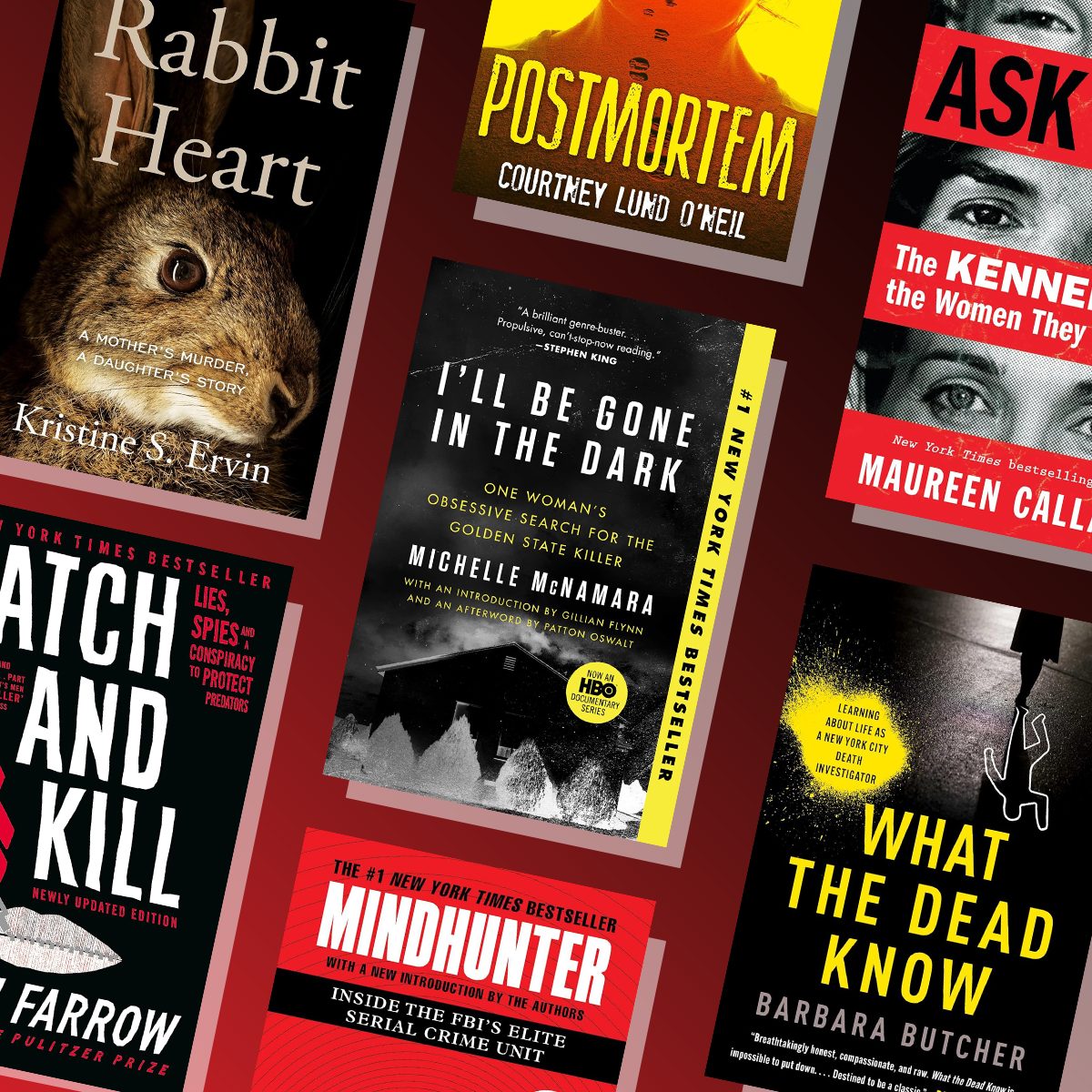

Reading to escape is one thing, but the best true crime books take us on a deep dive into the darkness of the criminal mind
Our editors and experts handpick every product we feature. We may earn a commission from your purchases.Learn more.
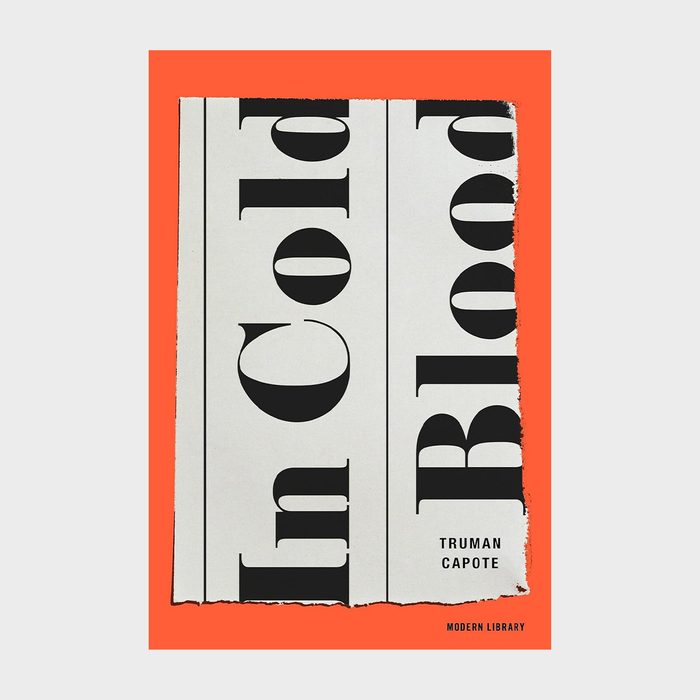
For fans of: The Stranger Beside Me by Ann Rule
Decades before the rise of the internet, podcasts and Netflix documentaries, true crime books were the OG vehicle delivering grisly real-life murders for entertainment. Many credit Truman Capote as launching the “nonfiction novel” genre—a true story written like a novel—with his 1966 book, In Cold Blood. In rural Kansas in 1959, two recently paroled ex-cons attempted to rob a well-to-do farmer, believing he kept large amounts of cash in the family home. Frustrated that there was little of value in the house, the perpetrators killed Herb Clutter, his wife and their two children. Capote’s own investigations into the murders gave him plenty of material to create a rich and occasionally graphic narrative that follows the killers, the victims and the citizens of Holcomb, Kansas.
In taking a novelistic approach to the writing, he made the despicable readable, whetting our appetite for a future of true crime nobody could have anticipated way back then.
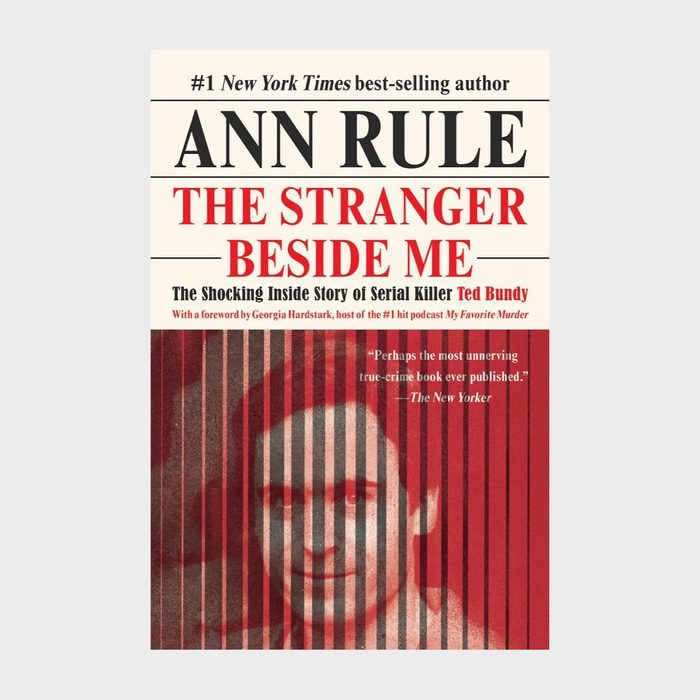
For fans of: The Phantom Prince: My Life with Ted Bundy by Elizabeth Kendall
This personal account of charismatic serial killer Ted Bundy is the thriller book that launched Ann Rule, now recognized as the queen of true crime. Though she’d written for True Detective magazine under male pseudonyms, Rule was relatively unknown in the early 1970s. A single mother of four small children when she began volunteering for a suicide-prevention hotline, she became friends with a handsome, younger male co-worker—who just happened to be the serial killer she was researching for a story.
With the publication of The Stranger Beside Me in 1980, Rule built a brand—and a genre—focused on the psychopathology of the criminal mind.

For fans of: The Art Thief by Michael Finkel
The subtitle The Daring Jewel Heists of a Jazz Age Rogue aptly describes Arthur Barry, a dashing con artist and cat burglar who socialized with British royalty and stole from America’s wealthiest, including a Rockefeller nephew and a Woolworth heiress (as she took a bath, no less). With New York as his playground, he’d crash elegant house parties in Westchester and on Long Island to case the joint, then return later, climbing in through upstairs windows while his “clients” dined downstairs or slept nearby. During the 1920s, his jewelry thefts totaled $60 million by today’s measure—not bad for a working-class Irish American kid. A Gentleman and a Thief, published in 2024, is The Great Gatsby of true crime.
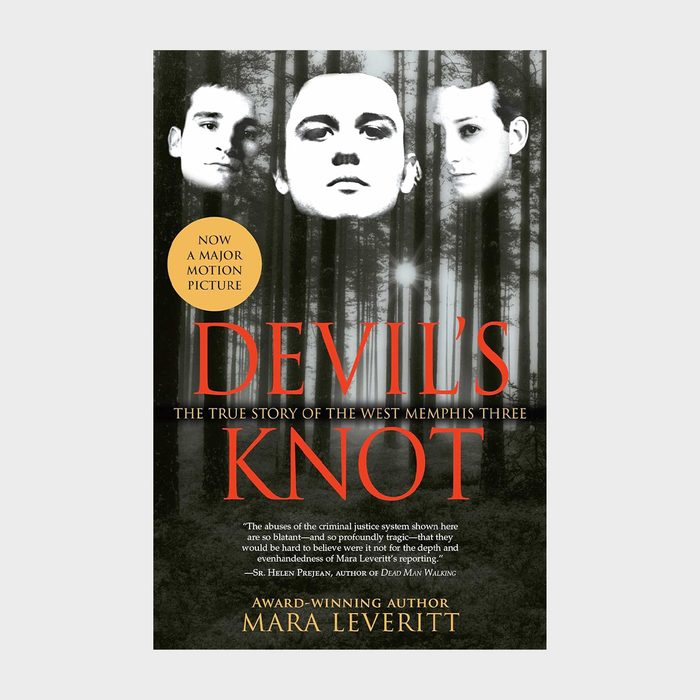
For fans of: Life After Death by Damien Echols
In the 1980s and early ’90s, America was inexplicably gripped by the belief that satanic worshipers were abusing and killing children. The bleakest Satanic Panic story—and one of the greatest miscarriages of American justice—is the subject of Devil’s Knot. Frequently cited by readers as one of the best true crime books ever, it covers an impoverished Arkansas town in 1993, when three teens were wrongfully accused and convicted of the sexual assault and murders of three little boys.
Mishandled crime scene evidence, the intimidation of one mentally disabled defendant and bias against another’s Goth lifestyle are exposed by Little Rock journalist Mara Leveritt in her 2002 book.
Looking for your next great book? Read four of today’s most compelling novels in the time it takes to read one with Fiction Favorites. And be sure to join the community!
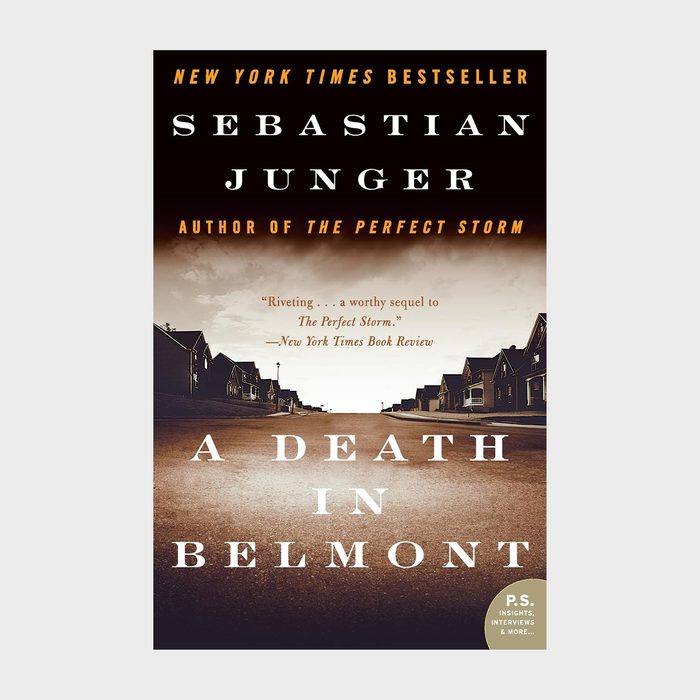
For fans of: The Monster of Florence by Douglas Preston and Mario Spezi
Sometimes the what-ifs, close calls and near misses deepen the events of a true crime. The title of the 2006 book A Death in Belmont refers to the 1963 rape and strangulation of Bessie Goldberg, just blocks away from 1-year-old Sebastian Junger and his family. Their affluent suburb, along with the entire Boston area, had been gripped by a series of unsolved murders similar to Goldberg’s—those of the now-infamous Boston Strangler. A Black man, Roy Smith, who’d cleaned Goldberg’s home and claimed he was innocent, was quickly convicted and sentenced to life imprisonment. Still, the murders continued.
Years later, when Albert DeSalvo confessed to the Boston Strangler murders, Junger’s mother remembered DeSalvo had done work in their home the day Goldberg died. She recalled “this intense look in his eyes, a strange kind of burning … trying to hypnotize me” and lure her into the basement. Junger’s gripping narrative, which earned him the PEN/Winship award, reads like a novel, like most good crime books do. But readers, beware: You may find yourself feeling as though you’ve just read a horror book when you’re done.
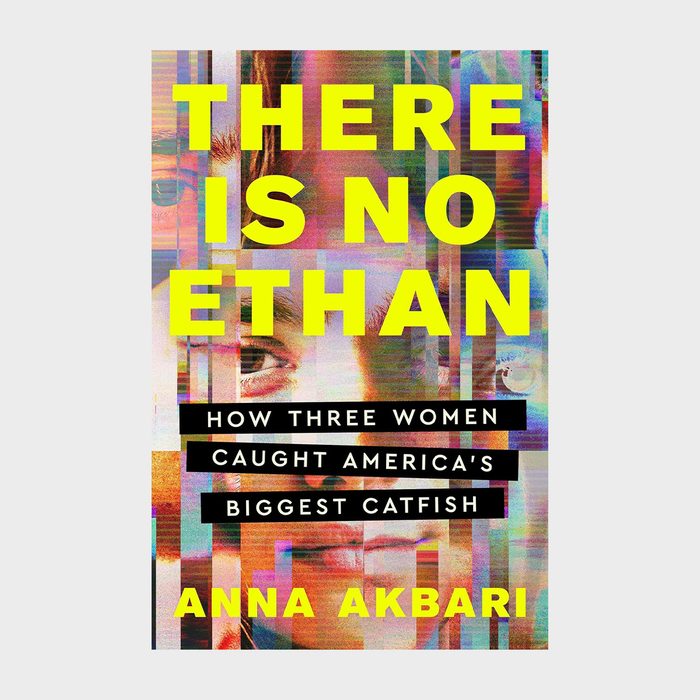
For fans of: Dark Wire by Joseph Cox
For many, the biggest pleasure of reading catfishing stories is smugly thinking, “I’d never fall for that.” But oh, dear reader, you would. There Is No Ethan, Anna Akbari’s 2024 memoir/true crime crossover, details how she met Ethan Schuman online in 2010 when he messaged her on OK Cupid. Attractive, with degrees from Columbia and MIT and an apartment on the Upper West Side, Ethan seemed perfect, and they messaged nonstop for weeks. But when she tried to set up something face to face, the excuses began.
Akbari, a sociologist teaching at New York University at the time, eventually ended it with Ethan … and discovered two other intelligent, professional women had also been in a relationship with him at the same time. The trio team up to stop him—but that’s only part of the story. And they were only three of the women left in his wake.
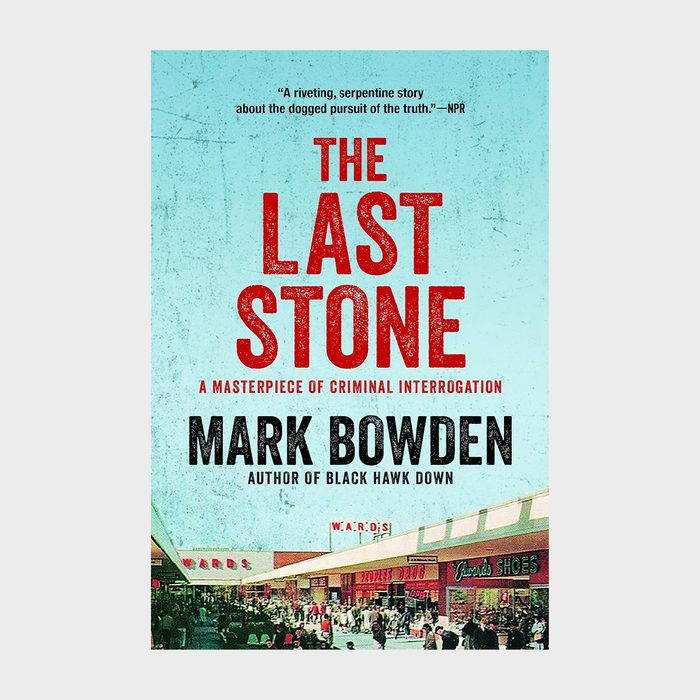
For fans of: Vanished in Vermillion by Lou Raguse
The art of criminal interrogation is showcased as five dogged detectives break a 40-year-old cold case in 2019’s The Last Stone, a riveting cat-and-mouse mystery book. In 1975, when sisters Katherine and Sheila Lyons, ages 10 and 12, disappeared from a suburban Washington, D.C., shopping mall, Mark Bowden, a 23-year-old reporter just starting out, covered the heartbreaking story.
The girls were never found, but in 2013, Bowden—now the successful author of Black Hawk Down—revisited the case as investigators interviewed convicted child molester Lloyd Welch, who says he was a witness. He talks “like a burst dam” and is a compulsive liar, and it’s clear “the path to the truth … was down a long trail of lies,” including those of the detectives who hid their repugnance to befriend Welch.

For fans of: The A-Z Encyclopedia of Serial Killers by Harold Schechter and David Everitt
Any good investigator knows you’ve got to have trustworthy sources. So when a forensic pathologist who’s also a former chief medical examiner and expert witness on Dateline and 48 Hours recommended True Crime: An American Anthology, I listened. This 50-story collection, published in 2008, features the best crime writing from colonial times to contemporary society.
Some names may sound like they’re straight out of American Lit 101—Nathaniel Hawthorne, Ambrose Bierce, Mark Twain—while others, although more modern, have just as much literary clout: Truman Capote, Gay Talese and Dominick Dunne. The Lindbergh kidnapping, the Black Dahlia, Charles Manson and Son of Sam are included, along with lesser-known stories, like the unsolved crimes of the Cleveland Butcher. If you had to choose only one of the best true crime books to read, this is it.

For fans of: Hidden Valley Road by Robert Kolker
The British have the royals, and the Americans have the Kennedys. For decades and three generations, they could do no wrong in the eyes of public perception—even if the Kennedy men did wrong. But Maureen Callahan, a New York Post and Daily Mail journalist, isn’t afraid to set the record straight in her 2024 book, Ask Not. The women in the Kennedy circle endured emotional trauma and physical abuse, often leading to mental health problems and alcoholism, even suicide, rape and, yes, murder.
If the names Mary Jo Kopechne, Martha Moxley and Patricia Bowman are unfamiliar, you’ll learn their stories, along with those of famous Kennedy wives and mistresses such as Jackie Kennedy and Marilyn Monroe. And you’ll understand, with the Kennedy mystique worn thin, why this feminist book qualifies as true crime.
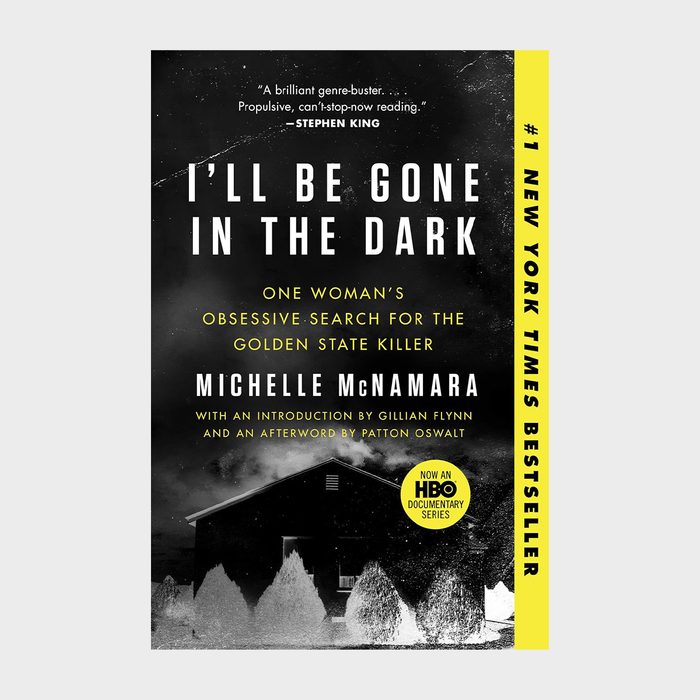
For fans of: American Predator by Maureen Callahan
Obsession is a powerful force in American storytelling. Moby Dick‘s Ahab had his white whale, and Michelle McNamara had her Golden State Killer. I’ll Be Gone in the Dark, the story of an elusive criminal who evolved from break-ins to murder in the 1970s and ’80s, is a case that would have gone cold without McNamara. She follows the perpetrator in his early incarnation as EAR, the East Area Rapist, with more than 50 reported rapes, to ONS, the Original Night Stalker, who killed his victims.
A journalist credited with naming the Golden State Killer and who wouldn’t let the case be forgotten, McNamara writes with exacting detail. Her immersive scene work puts readers inside the story, with descriptions of the landscape, time period and pop culture references providing helpful context. All of it is told with such clarity, precision and occasional moments of lyricism that it’s clear this is a life’s work. Although she died before completing the book, McNamara’s story was a bestseller and has subsequently become a classic book in the true crime genre—not to mention that it helped catch the killer just two months after it was published in 2018.

For fans of: Whoever Fights Monsters by Robert K. Ressler and Tom Shachtman
If you gravitate toward book recommendations based on TV shows and loved Netflix’s Mindhunter, this is definitely the true crime book for you. Few people have endured the mental stress that John Douglas went through in profiling serial killers: Getting inside psychopaths’ heads was his job for 25 years at the FBI. The frequently gruesome Mindhunter, published in 1995, covers his experiences studying and interviewing serial killers to understand their impulses and motivations. The pressure that put on him is made perfectly clear in his prologue, in which he graphically imagines “being tortured to death by all the killers and rapists and child molesters I’d put away in my career.”
In addition to Netflix’s Mindhunter, Douglas also inspired the character of Jack Crawford in Thomas Harris’s Hannibal Lecter book series.
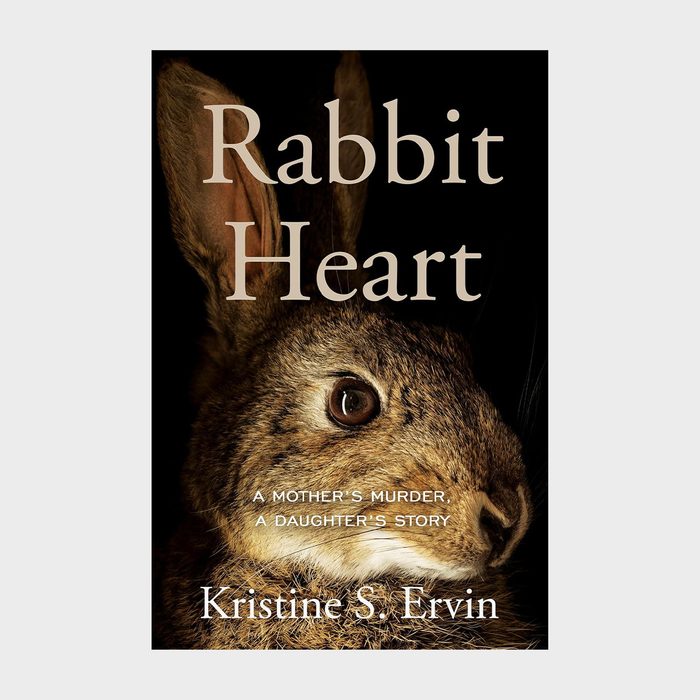
For fans of: College Girl Missing by Shawn Cohen
Rabbit Heart is a literary wild card in the true crime genre. Its details are familiar: A mother of two, 8-year-old Kristine and 13-year-old Rolland, went to the mall to return a dress. Instead of coming home, she was kidnapped, raped and murdered, her decomposing body left in an oil field one town over. What Kristine S. Ervin challenges readers with is the aftermath: seeing her mother’s image on TV and reporters on her front lawn, and her attachment to a photo of her mother given to her to ease kindergarten separation anxiety. Heartbreakingly, she writes on the back, “the only words of my own I had: Save mommy.”
The public tragedy that destroyed her childhood darkens her adolescence, her knowledge of the crime increasing with her maturity until, 20 years later, a suspect is found. This 2024 memoir is a lyrical, painful read.

For fans of: The Executioner’s Song by Norman Mailer
If you think true crime books are too lowbrow, Killings is the title you can leave out and proudly say, “Yes, I’m reading that” to your intellectual friends. Calvin Trillin’s reputation as a master of American journalism was earned in part because of his long tenure as a staff writer at the New Yorker since 1963. This story collection, first released in 1985 and most recently updated in 2017, reprints his true crime pieces, which first appeared in that storied magazine from 1969 to 2010, each detailing a story of a murder or “wrongful death.”
A close friend of fellow writer Joan Didion, Trillin examines American life with a sharp eye through these stories, although his writing finds more sympathy with his subjects than hers did. Recommended to me by a longtime newspaper journalist, this book is the thinking person’s true crime choice.
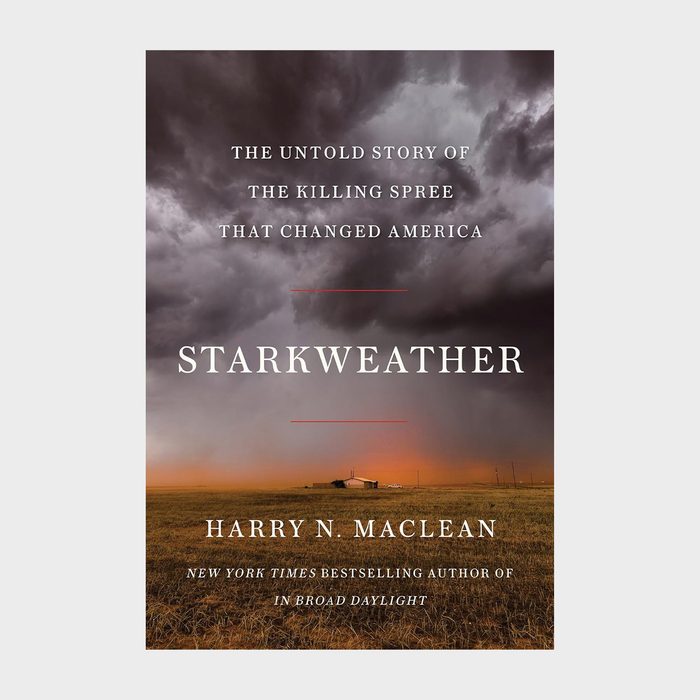
For fans of: Small Sacrifices by Ann Rule
Harry MacLean writes that in 1958, “the American lexicon did not include the word mass murderer. Or spree killer. Or serial killer. … Enter Charlie Starkweather and Caril Ann Fugate.” Charlie was 19 and his girlfriend, Caril, was 14 when he murdered her family. Although the two drove away, the killings continued, terrorizing their hometown of Lincoln, Nebraska, until 10 were dead and the couple was arrested. Oliver Stone based his film Natural Born Killers on the pair, and Bruce Springsteen wrote about them in his album Nebraska. But the long-held belief—that Caril was his accomplice—is what MacLean revisits in his 2023 book Starkweather.
The author’s personal connection to the story increases the stakes: He was 15, lived in Lincoln and had an older brother who was a classmate of Starkweather’s. MacLean, now a lawyer and writer in Denver, provides ample context for the events of 1958 and how the emergence of TVs in people’s homes made this the first mass murder of the television age.
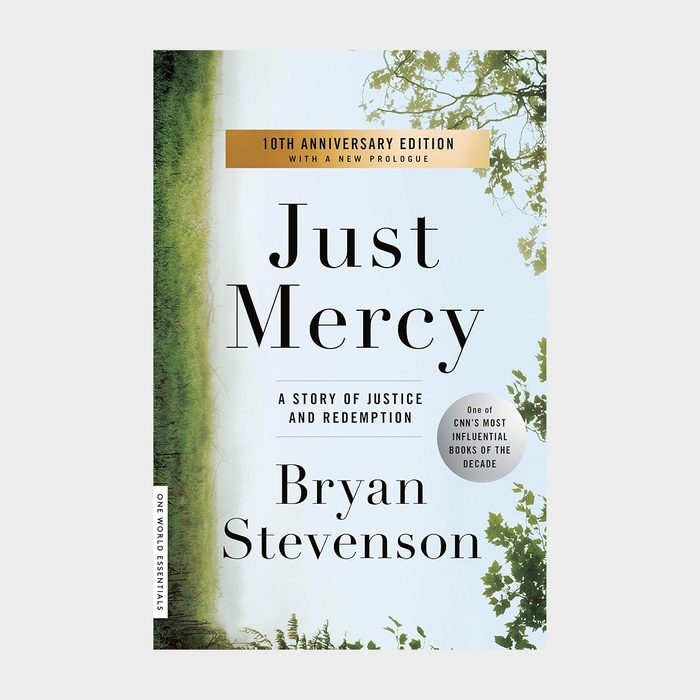
For fans of: The Sun Does Shine by Anthony Ray Hinton
Bryan Stevenson was a 23-year-old Harvard Law School student when he met his first death-row inmate while interning for a social justice program in Georgia. A descendant of enslaved forbearers, Stevenson graduated and returned to the Deep South to “represent the poor, the incarcerated, the condemned.” In representing Walter McMillian, a wrongly convicted Black man on death row for the 1986 murder of a white woman, Stevenson witnesses injustice reminiscent of To Kill a Mockingbird (whose author, Harper Lee, like McMillian, was from Monroe County, Alabama).
Just Mercy, Stephenson’s 2014 true crime memoir about McMillian’s and others’ cases, reveals firsthand the racial disparities in the justice system and was named one of the most influential books of the decade by CNN.
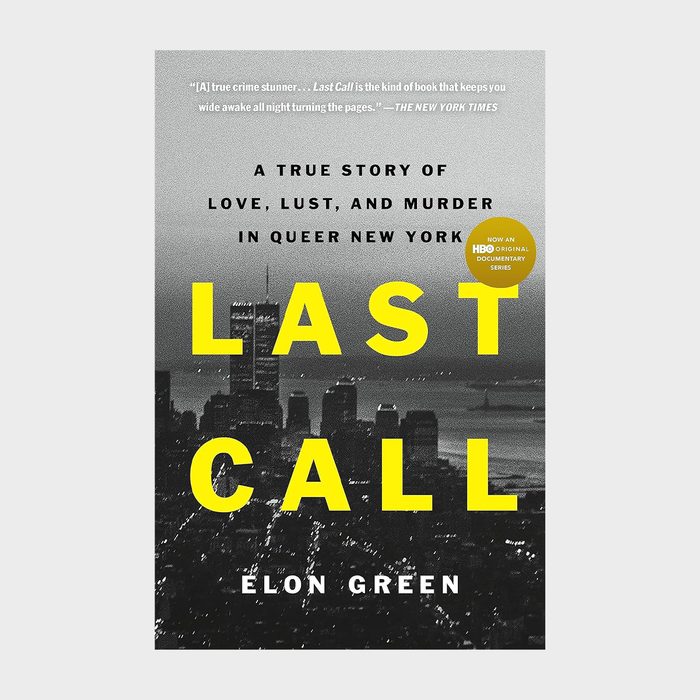
For fans of: Helltown: The Untold Story of a Serial Killer on Cape Cod by Casey Sherman
Winner of the Edgar Award for Best Fact Crime, Last Call, subtitled A True Story of Love, Lust and Murder in Queer New York, tells a story that was overlooked at the time, due in part to rampant homophobia fueled by the AIDS epidemic. In the early ’90s in New York City, though, AIDS was not the only threat to gay men’s lives. Between 1991 and 1993, four bodies of older gay men were discovered, each one cleanly dismembered and disposed of in trash bags.
Dubbed the Last Call Serial Killer, the perpetrator appeared to be stalking the gay piano bars of New York. He avoided capture for nearly a decade, and with Elon Green’s 2021 LGBTQ book, the story is finally being told.
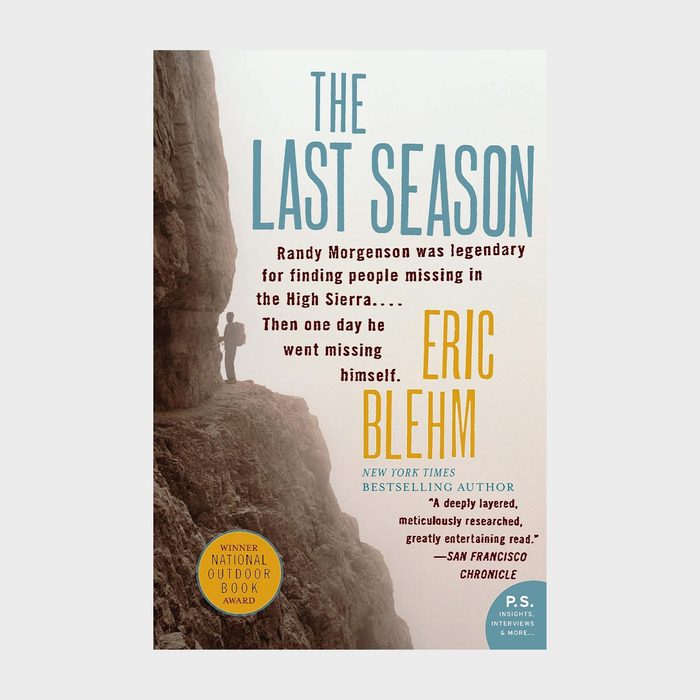
For fans of: Into the Wild by Jon Krakauer
A backcountry Parks Service Ranger disappears in the Sierra Nevadas—an area he knows better than anyone else—and the search for him becomes both a detective story and a study of a complicated man. Randy Morgenson, in his 28th year at Sequoia and Kings Canyon national parks, was a “wise, weathered and bearded sage” and, at 54, “the parks’ most dependable source of high-country knowledge.” As a supervisor once said, “he could look at a missing person’s last known whereabouts on a topographic map, consider the terrain and ‘how it pulls at a person,’ and make a judgment call with astonishing results.”
So when Randy goes missing in July 1996 and a search party heads out six days after last hearing from him, they understand he’s more than lost. While The Last Season, published in 2006, may skirt the true crime genre (it’s obviously a tale of mayhem, not murder), figuring out whether his mysterious disappearance is accidental or intentional is the driving force in this contemplative work.

For fans of: She Said by Jodi Kantor and Megan Twohey
Women tried to tell their stories of rape and sexual abuse at the hands of powerful media mogul Harvey Weinstein for years, but Hollywood turned a blind eye—until three journalists, Ronan Farrow in the New Yorker and Jodi Kantor and Megan Twohey in the New York Times, simultaneously broke the story in October 2017. Catch and Kill, published in 2019, is an outgrowth of Farrow’s reporting gleaned from extensive research, which Farrow describes as “interviews with more than two hundred sources, as well as hundreds of pages of contracts, emails and texts, and dozens of hours of audio.”
Although NBC News had initially backed Farrow, it torpedoed his story under pressure from Weinstein. Farrow himself experienced intimidation from Weinstein, who hired Israeli intelligence agents to spy on him in a last-ditch effort to save himself. The work of Farrow, Kantor and Twohey earned a Pulitzer Prize, helping to launch the #MeToo movement and empowering women after years of silence.
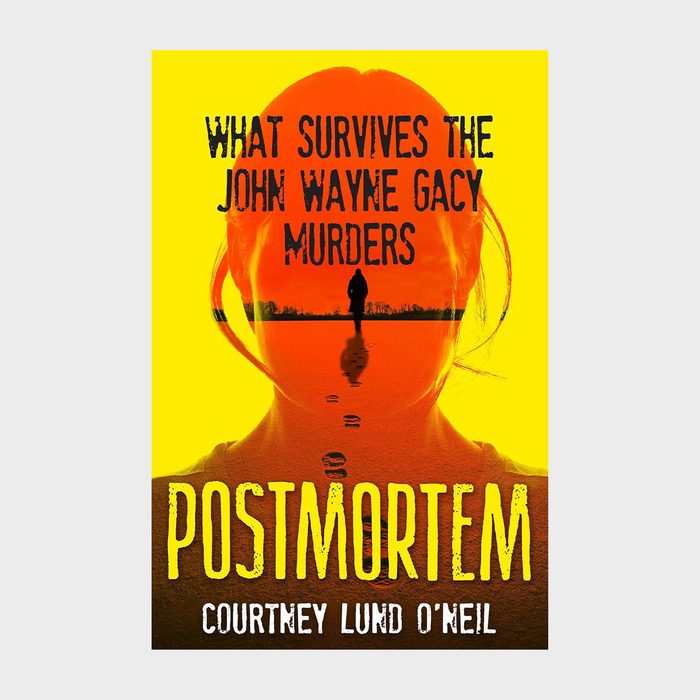
For fans of: Boys Enter the House by David Nelson
In 1978, Kim Byers and Rob Piest were teenagers working at a pharmacy in Des Plaines, Illinois. At the end of their shift, Piest left to talk to a contractor about a possible job. That contractor was serial killer John Wayne Gacy, and Piest was his final victim.
Byers’s testimony was crucial in Gacy’s conviction. Journalist Courtney Lund O’Neil, Byers’s daughter, grew up gripped by the ripple effect of her mother’s connection to the famous killer and a feeling she could never shake that “something grisly can happen at a moment’s notice.” To gain closure, mother and daughter returned to Illinois to revisit the scene of the crime. Postmortem, one of the best books of 2024, explores themes of generational trauma and how a brutal crime’s repercussions can spread out like a pool of blood among those linked to the killer.

For fans of: Working Stiff by Judy Melinek and T.J. Mitchell
Books with “voice” work, no matter which book genre they’re in. Barbara Butcher, a forensic investigator with New York City’s Office of the Chief Medical Examiner, writes with such New York attitude that her style, combined with her subject matter, makes 2023’s What the Dead Know an irresistible read. Take this passage as an example: “Once you know the smell of death, you can pick it out in a flower shop. Strangely sweet with a bitter undertone, like a strawberry milkshake made with garlic. After a few weeks on the job, I could walk any block in New York and point out a building where someone was decomposing.”
In more than 20 years on the job, she investigated 5,500 death scenes, 680 of them homicides; after 9/11, she relied on relatives’ descriptions to distinguish among the 21,900 body parts of the victims. Her own backstory, a recovering alcoholic who was only the second woman hired as a Manhattan death investigator, illuminates her remarkable tenacity. And yes, she’s heard all the jokes about her apropos name.
Get Reader’s Digest’s Read Up newsletter for more books, history, humor, travel, tech and fun facts all week long.
At Reader’s Digest, we’ve been sharing our favorite books for over 100 years. We’ve worked with bestselling authors including Susan Orlean, Janet Evanovich and Alex Haley, whose Pulitzer Prize–winning Roots grew out of a project funded by and originally published in the magazine. Through Fiction Favorites (formerly Select Editions and Condensed Books), Reader’s Digest has been publishing anthologies of abridged novels for decades. We’ve worked with some of the biggest names in fiction, including James Patterson, Ruth Ware, Kristin Hannah and more. The Reader’s Digest Book Club, helmed by Books Editor Tracey Neithercott, introduces readers to even more of today’s best fiction by upcoming, bestselling and award-winning authors. For this piece on the best true crime books, Linda Lowen tapped her experience as a nonfiction writer, book reviewer for Publishers Weekly and creative-nonfiction teacher to ensure that all information is accurate and offers the best possible advice to readers. We verify all facts and data, back them with credible sourcing and revisit them over time to ensure they remain accurate and up to date. Read more about our team, our contributors and our editorial policies.